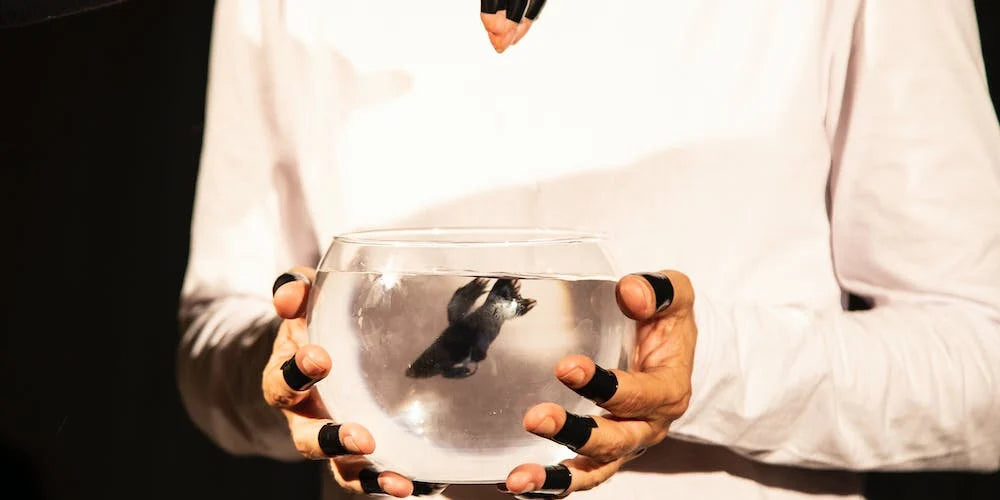Tropical fish are a popular choice for aquarium enthusiasts due to their vibrant colors and peaceful nature. However, caring for these beautiful creatures requires more than just feeding them and changing their water. In order to ensure the health and longevity of your tropical fish, it is important to learn how to properly care for them. In this guide, we will discuss the essential elements of tropical fish care, from tank set up to feeding and maintenance.
Tank Set Up: Creating a Suitable Environment for Tropical Fish
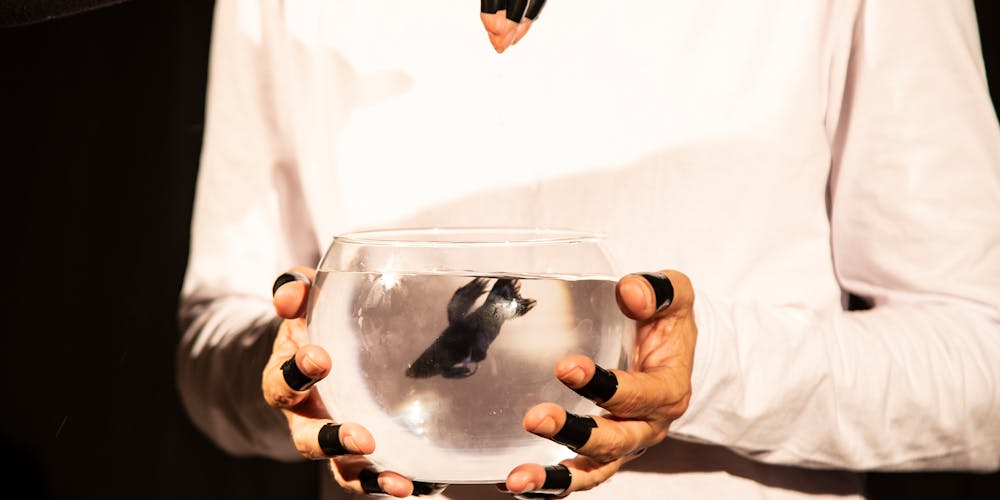
When setting up an aquarium for tropical fish, there are several key factors to consider. These include tank size, water quality, substrate, decorations, and filtration.
Tank Size
One of the most crucial aspects of setting up an aquarium for tropical fish is tank size. Generally, larger tanks are better as they provide more space for fish to swim and allow for a more stable environment. As a rule of thumb, aim for a tank that is at least 20 gallons for a starter aquarium, and larger for more fish or larger species.
Water Quality
Water quality is another vital aspect of tropical fish care. Ensuring that the water in your tank is clean and well-maintained is essential for the health of your fish. This involves regularly testing the water for pH levels, ammonia, nitrites, and nitrates, and performing partial water changes as needed.
Substrate
The substrate in your tank refers to the material on the bottom, such as gravel, sand, or rocks. Substrate not only adds visual interest to your tank, but also serves as a home for beneficial bacteria that help break down waste. When choosing substrate, make sure it is suitable for your specific fish species and easy to clean.
Decorations
Adding decorations to your tank not only makes it visually appealing, but also provides hiding places and territories for your fish. When selecting decorations, keep in mind the size and needs of your fish. It is also important to avoid sharp or rough objects that could harm your fish.
Filtration
A filtration system is crucial for maintaining water quality in your tank. There are three types of filtration: mechanical, chemical, and biological. Mechanical filtration removes debris and particles, chemical filtration removes toxins, and biological filtration breaks down harmful substances into less toxic forms.
Feeding: Providing a Balanced Diet for Tropical Fish
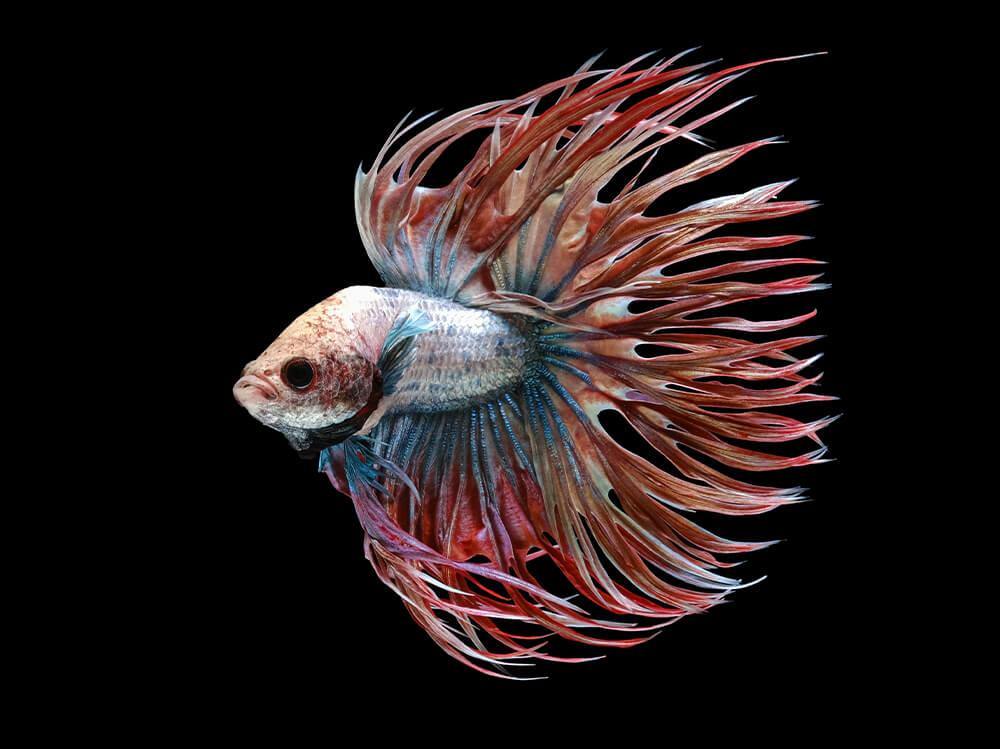
Proper nutrition is essential for the health and well-being of tropical fish. In order to provide a balanced diet, it is important to understand the different types of food available and the specific needs of your fish species.
Types of Food
Tropical fish can be fed a variety of foods, including flakes, pellets, frozen or live foods, and vegetables. Flake and pellet foods are convenient and come in a variety of formulas for different fish species. Frozen or live foods, such as brine shrimp and bloodworms, provide more nutrients and can be fed as occasional treats. Vegetables, such as blanched spinach or zucchini, can also be offered to herbivorous fish.
Specific Needs of Fish Species
Different species of tropical fish have varying dietary requirements. Some fish are primarily carnivorous, while others are herbivorous or omnivorous. Research the specific needs of your fish species to ensure they are getting the proper nutrition.
Feeding Frequency and Amount
The frequency and amount of food you should feed your tropical fish depends on their age and size, as well as the type of food being offered. As a general rule, feed adult fish once or twice a day, and only give them an amount they can consume within 2-3 minutes. Younger fish may require more frequent feeding, while larger species may need larger amounts of food.
Maintenance: Keeping Your Tank Clean and Healthy

Proper maintenance is crucial for the health and longevity of your tropical fish. This involves regular tank cleanings, water changes, and equipment checks.
Tank Cleanings
Routine tank cleanings help remove excess waste, uneaten food, and debris from the tank. During these cleanings, you should also scrape any algae off the sides of the tank, and vacuum the substrate to remove any leftover waste.
Water Changes
Regular partial water changes are important for maintaining water quality in your tank. It is recommended to change 20-30% of the water every 1-2 weeks, depending on the size and stocking level of your tank.
Equipment Checks
It is important to regularly check and maintain all equipment in your tank, such as filters, heaters, and air pumps. Filters should be cleaned or replaced according to manufacturer instructions, and heaters should be calibrated to maintain a consistent temperature in the tank.
Common Health Issues: Identifying and Treating Problems

Despite your best efforts, tropical fish may sometimes face health issues. Knowing how to identify and treat common problems can help ensure the well-being of your fish.
Ich (White Spot Disease)
Ich is a common parasitic infection that appears as white spots on the fish's body and fins. This disease is highly contagious and can kill fish if left untreated. Treatment involves raising the temperature of the tank and adding medication to eliminate the parasites.
Fin Rot
Fin Rot is a bacterial infection that causes the fins to appear ragged or frayed. It is often caused by poor water quality, stress, or injury. Treatment involves improving water quality and adding medication to kill the bacteria.
Swim Bladder Disorder
Swim bladder disorder is a condition that affects a fish's ability to control its buoyancy. Symptoms include difficulty swimming and floating upside down. This disorder can be caused by overfeeding or bacterial infection. Treatment involves feeding fish a diet high in fiber and treating any bacterial infections.
FAQs
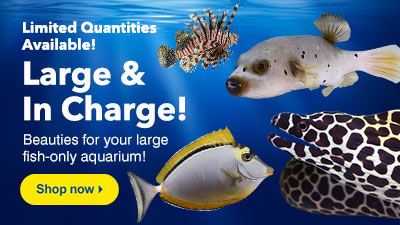
What is the ideal water temperature for tropical fish?
The ideal water temperature for most tropical fish is between 75-80°F (24-27°C).
How often should I clean my tank?
Routine tank cleanings should be done every 1-2 weeks, with partial water changes of 20-30%.
Can I mix different species of tropical fish in one tank?
Yes, but it is important to research each species' compatibility and specific needs before mixing them together.
Do I need to add a dechlorinator to my tap water before adding it to the tank?
Yes, tap water often contains chlorine and other chemicals that can harm fish. A dechlorinator will neutralize these chemicals.
How do I know if my fish is sick?
Signs of illness in fish include lack of appetite, abnormal behavior, visible parasites or injuries, and physical changes such as discoloration or bloated appearance.
Conclusion
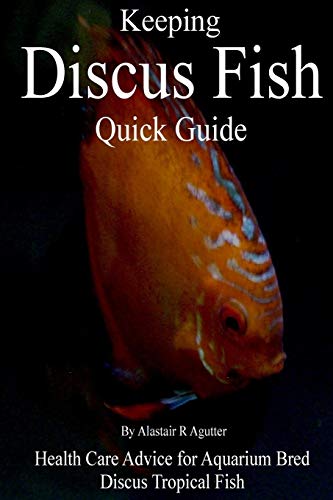
Proper care for tropical fish requires attention to their tank set up, feeding, maintenance, and health issues. By following the guidelines outlined in this guide, you can provide your fish with a suitable and healthy environment to thrive in. With proper care, tropical fish can bring joy and beauty to your home for many years to come.


